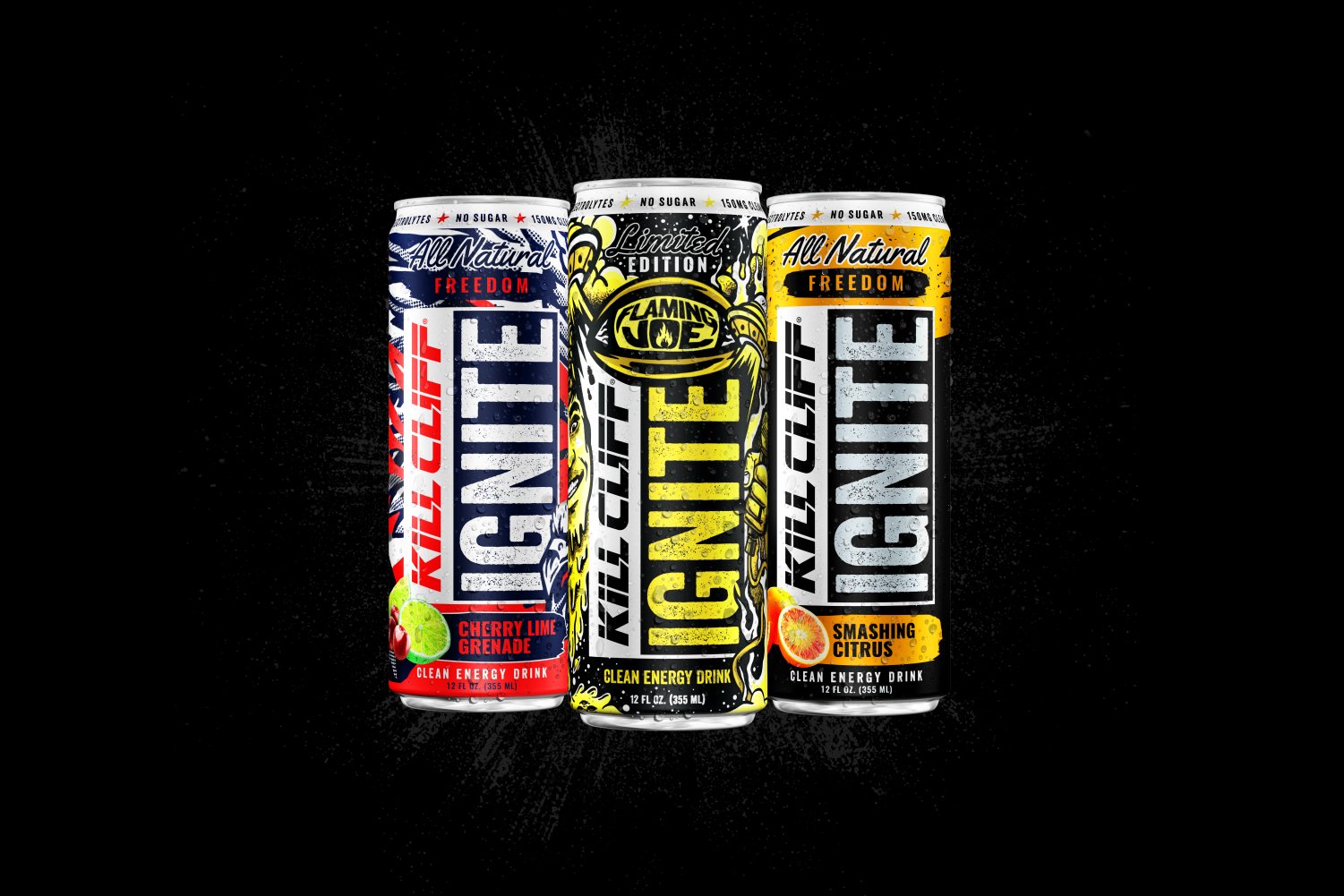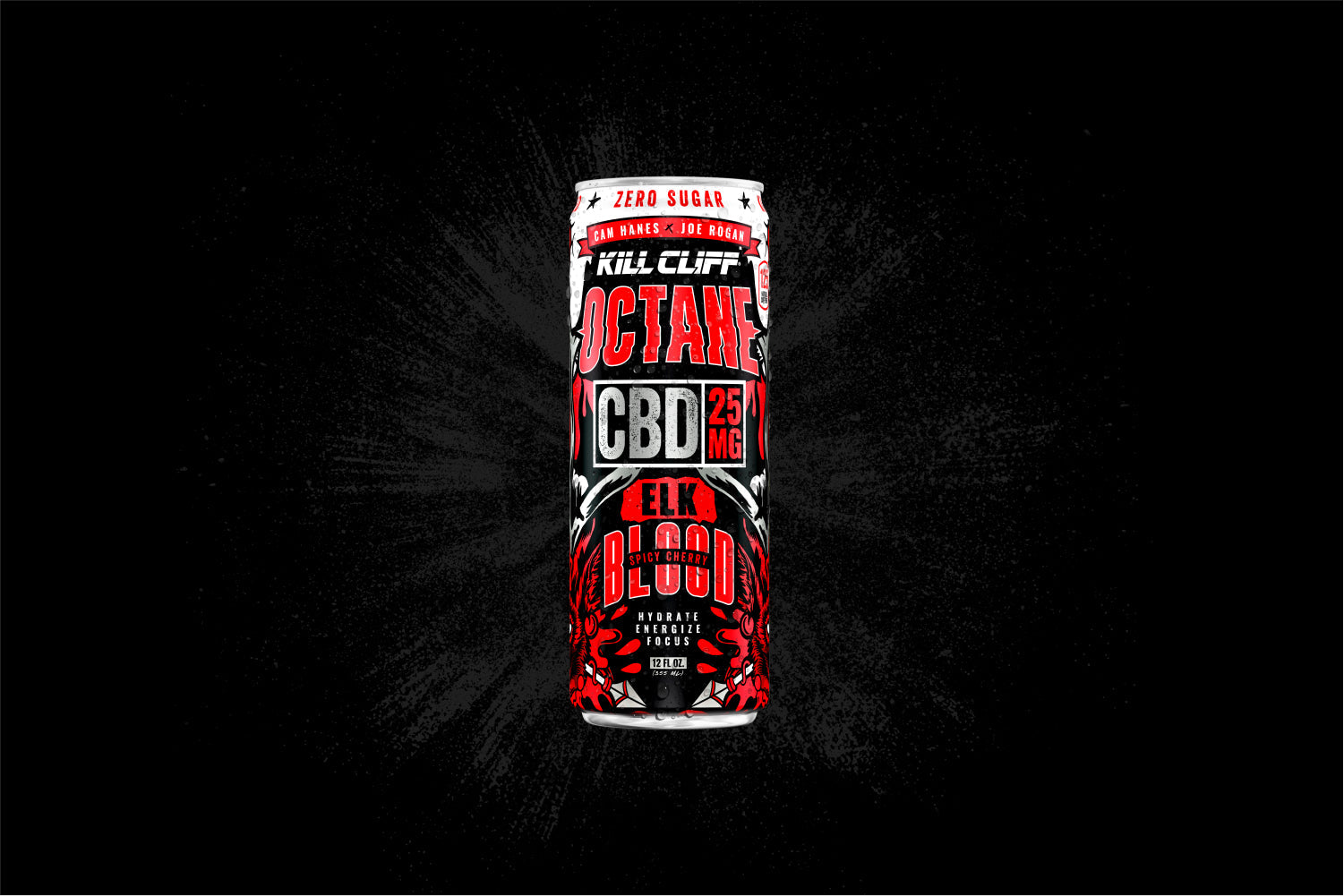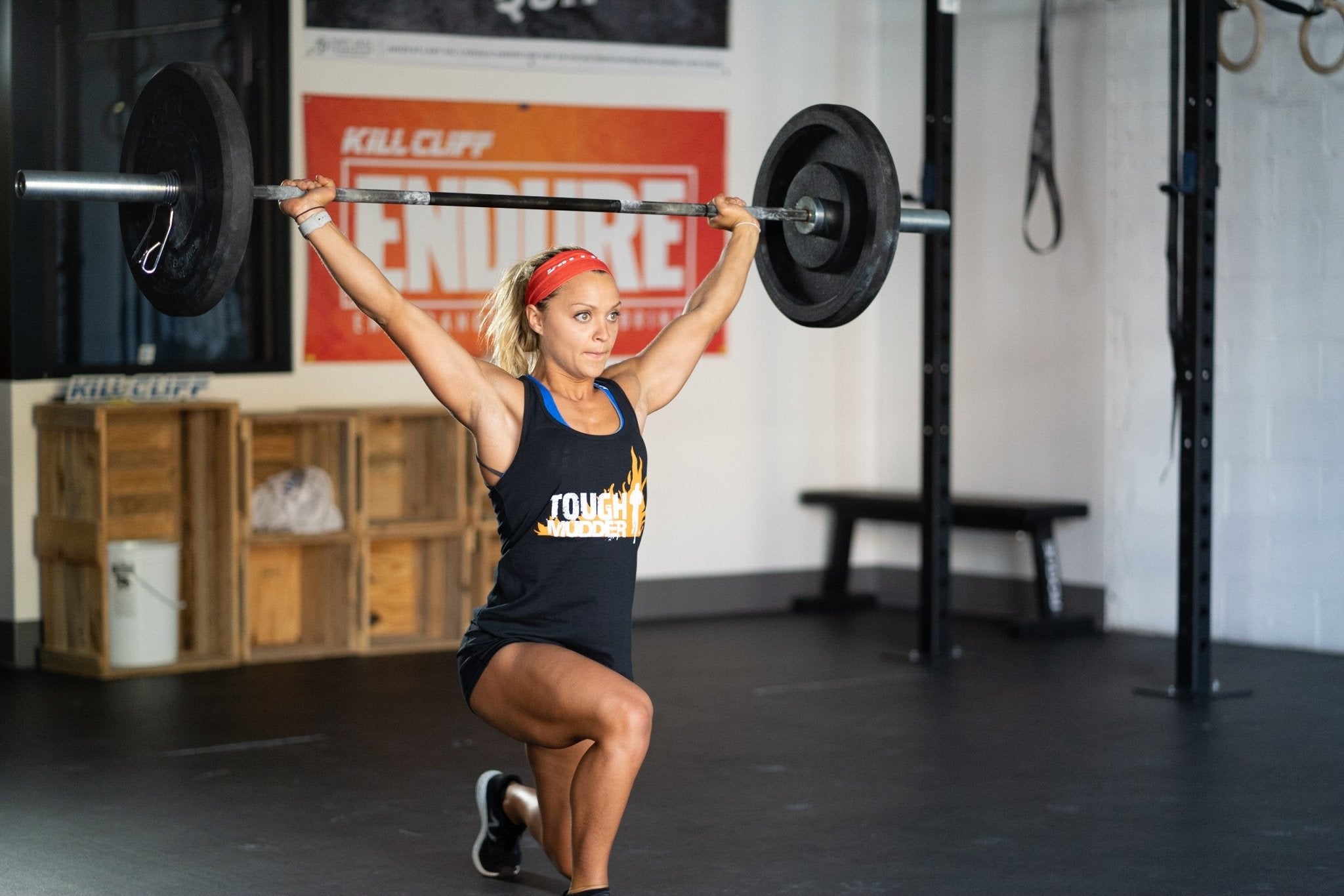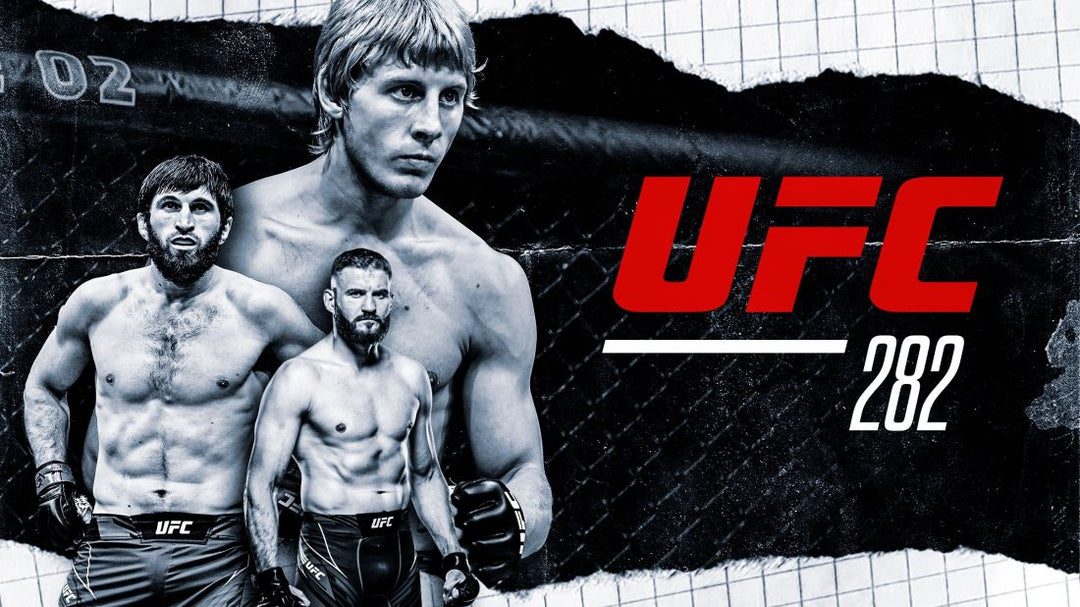
We all work on strength, speed, power, and endurance to improve our CrossFit abilities. We hit new PR’s on our lifts, WOD’s seem to be a little easier, and we Rx more often. It’s so much fun!
But are we doing all that we can to improve our abilities? To be truly well rounded, shouldn’t we be focusing on our flexibility too?
Uggh. You mean, like, stretching?
Yeah, like stretching. But not just some aimless leg swings and PVC pass-throughs, though those are good stretches. I’m talking about focusing on specific muscles for specific reasons. Stretching in order to produce better lifts. Here are 5 important muscles whose improved flexibility can lead to better technique and results.
1. Gastrocs
If your calves are tight, your power lifts will suffer. Many people have difficulty squatting all the way down while keeping their heels on the ground. Try to catch a max clean or snatch with your weight on your toes. It ain’t happenin’. You can spend a couple hundred bucks on weightlifting shoes with a platform under the heels. This ensures that you keep your weight on your heels even if your calves are too tight to allow your heels to remain in contact with the ground. You might want to buy a pair anyway because they do help. Regardless if you have a pair or not, it is still important to produce as much flexibility in the calves as possible. Tight calves will limit your ankle's natural ability to dorsiflex. When this happens, your knee often is forced to thrust over the foot to put the ankle in a dorsiflexed-like position. Whether it’s lifting or running, having your knees over your toes isn’t a good thing for the knee.
The Stretch: It’s as simple as putting your toes and ball of your foot against a wall or curb with your heel on the ground. Lean forward and feel the stretch in the calf. You can also get a lacrosse ball for pressure point work on the calf. While sitting on the ground, put the ball on a block and put your calf on top of the ball. It’s good to use a block in order to elevate the ball off the ground or else your heel will hit the ground and prevent you from getting good pressure on the ball.
2. Quads
I don’t hear too many people complain about tight quads, but they often contribute to common aches and pains. When lowering towards the ground during a squat or lunge, the quadricep muscles are lengthening. If they are tight you might feel tightness or discomfort in the front of the knee. This can affect your ability to get low enough for Rx squats, thrusters, wall balls, etc. It could also cause you to alter your motion in an effort to compensate for the tightness or discomfort that you might be feeling in the knee. In the long run, the compensatory movements can cause injuries to other body parts due to the improper biomechanics.
One of the quadriceps, rectus femoris, attaches to the front of your pelvic bone. Tightness in the rectus femoris can cause a forward tilt of the pelvis to occur. This increases the arch in the low back. If the pelvis is tilted forward, then everything above it (ie. your entire upper body) will also have a slight forward lean when you squat. How many people have difficulty keeping their weight back and chest up when doing squats?
The Stretch: The simple way is to stand up while holding onto something for balance, then pull the heel of one foot to your butt cheek. We’ve all done this at some point in our lives. The better way to attack the quads is to roll them on a foam roller or if you really don’t mind pain, a lacrosse ball. You will be surprised at some of the spots that you find. Work through them.
3. Iliopsoas (hip flexors)
Tight hip flexors can create a slew of issues in the body. Check out my last article, The 4 Culprits That May Be Hurting Your Hamstring, in order to see how reciprocal inhibition can turn a tight hip flexor into a weak glute and an injured hamstring. The iliopsoas is actually two muscles (iliacus and psoas) that come together as one and attach to the top of the femur, the inside of the pelvis, and to the vertebrae in the lower mid-back region. The muscle is shortened when the hip is in a flexed position, which can be anything from doing toes to bar or just sitting in a chair. Ever feel low back pain or tightness while standing up after sitting for a period of time? Might want to stretch the hip flexors.
Stretching the hip flexors will benefit your power lifts and Olympic lifts. When you clean, deadlift, or snatch your hips are starting in a totally flexed position. Then you need to quickly, especially in the case of the clean and snatch, extend the low back and hips in order to generate momentum while lifting the bar off the ground. You already have enough working against you in the weight on the bar and gravity. You don’t need tightness in the hip flexors slowing down your ability to extend the hips as fast as possible. Neurologically speaking, stretching the hip flexors may be even more important than just the sheer anatomical effect. Before I’m about to attempt a max load on deadlifts, cleans, or even squats, I briefly stretch the hip flexors. I mean before each attempt. Going back to reciprocal inhibition, if I stretch the hip flexors, then I’m better enabling the hip extensors to do their job. I’m making sure that my glutes are ready to work as efficiently as they can for this one heavy rep.
The Stretch: Place one knee on the ground, place the opposite foot pretty far in front of you with that knee bent. Have something next to you to hold onto for balance. If you have to use your muscles to balance, then you won’t be able to get the best stretch possible. This isn’t meant to be a yoga pose. Lean your weight forward onto your front leg. KEEP YOUR CHEST UP! Don’t bend forward. You’re trying to stretch the hip flexor so bending forward will not allow full extension of the hip flexor. You should feel the stretch in the front of the hip of the leg that is on the ground. When all else fails, grab the trusty lacrosse ball. Lay on your stomach with the ball under you, just inside the pelvic bone. Move around a little until you find the spot.
4. Hamstrings
Tight hamstrings can really affect hip mobility. Lack of hip mobility can prevent you from successfully completing your lifts. Pretty simple, right? Tight hamstrings can also make it difficult to do other exercises like toes to bar, as well as affect your running. Hamstrings are also important when it comes to hip extension so you might as well have them working optimally when trying to use them with the deadlift, snatch, and clean.
The Stretch: Hmmm, I’m pretty sure you know how to stretch your hamstrings. You can do it sitting or standing. One leg at a time or both. You can even lay on your back. When laying on your back, I like to use a band to help get the most out of it. Wrap a band around the ball of the foot and pull your leg up with the band. However you decide to stretch the hamstrings, just make sure to keep the knee straight. That will make sure that the hamstring is fully lengthened. Don’t bend the knee just so you can move the leg further. That’s cheating. Keep the knee straight and with time the range will improve.
5. Pecs
Is that overhead squat killing you? Having trouble keeping your chest up when doing any kind of squat? When the pecs are tight, the shoulders can round forward, the mid back can have difficulty extending, and the upper back muscles can be weakened. All of this leads to it being almost impossible to do an overhead or even a decent front squat.
The Stretch: 1. Lacrosse ball of course. Lay on the stomach, arm out to your side, ball under the pec, and enjoy.
2. Stretch on the wall or with a band. Here’s the mistake that I see with this, don’t have your arm going straight back, parallel to the ground. It’s not the best angle for the shoulder joint. Instead, raise the arm at a 45-degree angle. Place your hand against the wall or grab the band and then turn away. The more you turn or the closer you stand to the wall, the better the stretch. A 45-degree angle also allows the muscle fibers of the pec to travel in one continuous path as they go from the sternum up to the humerus, rather than making a last-second turn. Just try both and you’ll see what I mean.
3. This is a stretch and an exercise. Sit in a butterfly position with your butt, upper back, and head against the wall. Have your upper arms out to your side with your forearms going up, like a referee signaling a touchdown, except your palms are facing forward. From here, slide your arms up the wall while trying to keep your arms, hands, head, upper back, and butt against the wall. You should be able to raise your arms all the way up and back down without anything coming off the wall. Repeat for a set of 10. If you can’t raise your arms all the way without something leaving the wall, then you have to keep working on your flexibility through your chest and upper back.








